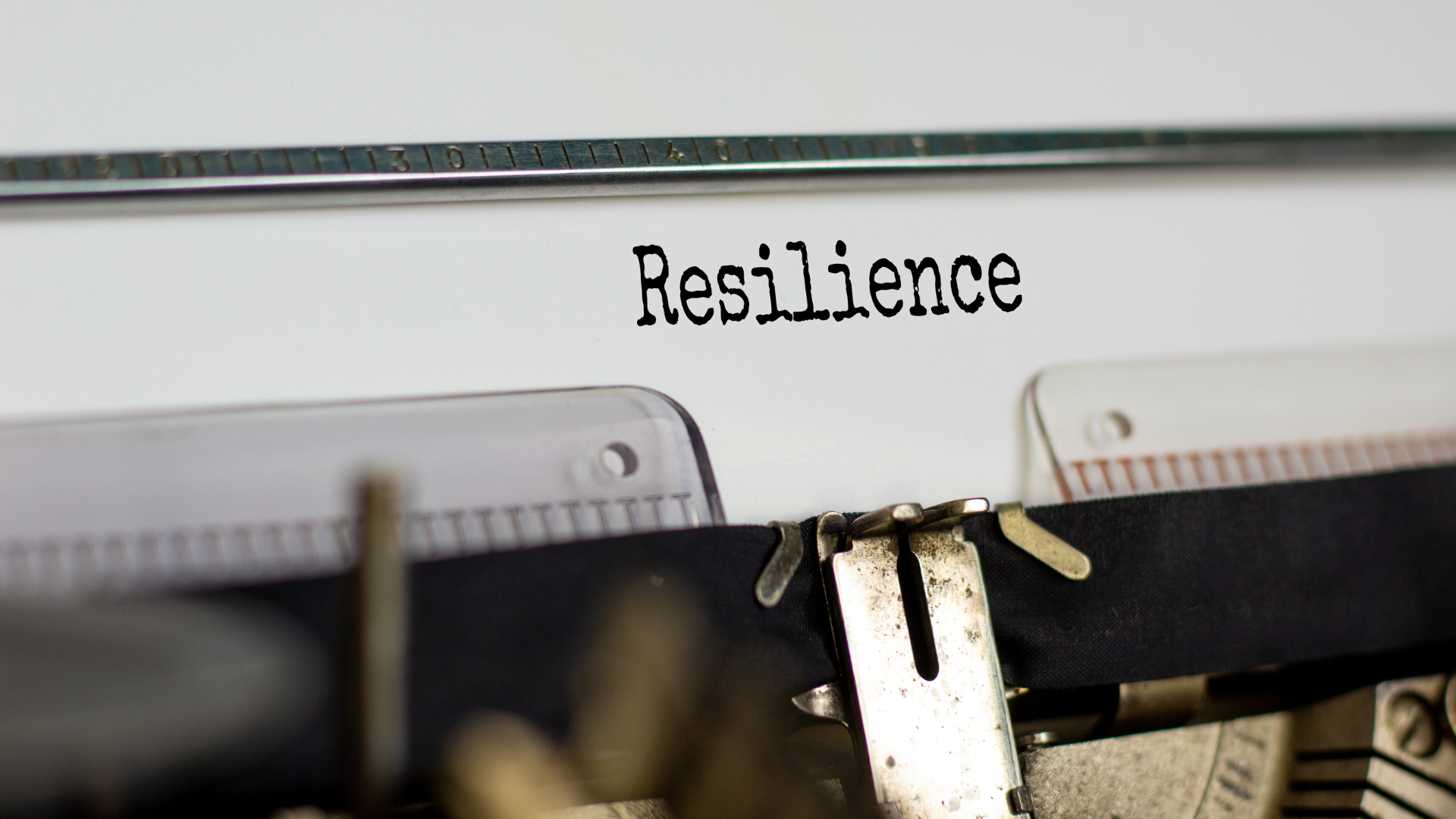The need for resilience in the workplace was never more apparent than during the COVID-19 pandemic. Forced into remote or hybrid work, every business (and employee) was struggling with more adversity, stress, and change than ever before. Everyone was expected to do more with fewer resources. Those with resilient teams that could adapt fared better. As the workplace gets back to normal—or more accurately, its post-pandemic routine—it would be a mistake to forget the lessons learned about resiliency. Employees and teams will continue to face challenges of one kind or another, even if they are never again like those of 2020.
Luckily, the ability to adapt in the face of challenging situations can be learned. By creating a workplace culture that values and encourages the building blocks of resilience, positive results are possible for individual employees, their teams, and the organization itself.
What is resilience, exactly?
Resilience can be defined as the ability to adjust to, and learn from, challenges, pressure, and setbacks. This can mean the stress and trauma in an individual’s personal life, as well as obstacles and changes at work.
Leaders in the organization need to realize that personal and professional resilience go hand in hand. For example, an employee’s performance might be impacted by pressures at home. Likewise, disruption and turmoil in the workplace can affect the employee’s mental and physical well-being.
It is also important to note that resilience is not simply “bouncing back” from a setback, or “rolling with the punches.” Blind acceptance of the status quo is a red flag of a toxic work culture. Instead, resilience indicates a solution-oriented response. Something is gained from the experience, for example, learning from mistakes, problem-solving, and recognizing and seizing opportunities.
The benefits of resilience in the workplace
According to the 2021 Deloitte Global Resilience Report, businesses viewed flexibility and adaptability as the most critical workforce trait for a company’s future, even above expertise in the roles for which employees were hired. Resilient teams benefit the team members and the company as a whole in four major ways:
- One-third of people report feeling stressed from thinking about work outside of business hours. Resilient employees are less likely to suffer from stress-related problems like anxiety or depression and experience more job satisfaction.
- 28% say that stress at work makes them less productive. Resilient teams become more productive as they learn not to become overwhelmed by circumstances and can therefore focus on the tasks at hand.
- Team dynamics are improved with better collaboration and the ability to resolve conflicts.
- Prioritizing resilience helps employers curb absenteeism and helps keep and attract talent.
Of the organizations that describe themselves as cultivating a culture of resilience in the Deloitte study, 82% say they have a reputation for valuing their employees. It is clear that building resilience is a worthwhile pursuit that benefits everyone in the organization from the top down.
7 ways to build and nurture a
resilient team
Resilience in individuals and teams is a combination of skills and an optimistic mindset. Resilience training can give leaders the tools they need to nurture the practices and attitudes to boost adaptability and flexibility in whatever scenario the team faces.
For example, training in resilience equips managers with lessons such as:
- Authenticity Matters. Managers must demonstrate that they understand that every member of their team is facing a variety of internal and external pressures—and that each team member deals with those pressures differently. This requires authenticity: Being open and honest and giving their employees the freedom to be their true selves.
- Establish a Clear, Common Goal. People are more motivated when they know their purpose. Managers can set their team up to win by helping them set realistic personal goals and letting them know how they fit into the goals of the organization.
- Communicate With Transparency. Listening to an employee’s concerns and not minimizing their feelings is important to building resilience. So is relaying information that employees need to hear. Rumors and speculation can undermine teamwork and productivity and managers can learn how to nip them in the bud. For example, dispelling misinformation about expected layoffs or clarifying the timeline for a corporate decision.
- Ensure Psychological Safety and Support. Employees are more resilient when they feel safe and supported. This can mean giving a team member the freedom to vent or going to bat for them with upper management when appropriate. Putting the right tools, resources, training, and mentors in place will build a strong support system.
- Build Connections. Getting to know team members, and having team members get to know one another is a valuable part of instilling a culture of collaboration and cooperation. Give everyone a seat at the table by pairing “stars” with newer employees and resisting the urge to rely on a few high performers to navigate problems that arise.
- Reframe Negativity. Optimism and a positive attitude are key components of resilient teams. Celebrate wins and recognize progress and positive outcomes. Encourage team members to focus on what they can control. Find teachable moments in setbacks. Coach employees on constructive self-talk. For example, change statements from “I don’t know how to do that” to I don’t know how to do that yet.”
- Set an Example. Model resilient behavior—which brings us back to authenticity. People can tell the difference between a company’s or manager’s genuine commitment to core beliefs and those who are just going through the motions. To truly build a resilient team, everyone needs to be on board.
Investing in resilience training
Forbes reported on an interview with Dr. Sven Hansen, founder of The Resilience Institute in Auckland, New Zealand. Dr. Hansen studies the correlation between personal well-being and resilience in the workplace.
Among his findings were measurements of the positive changes that people experienced over 6-months of resilience training. Some of the most notable data points measured:
- 38% increase in fulfillment, focus, and optimism
- 40% increase in awareness, control, and empathy
- 48% increase in mastering stress and relaxation
- 24% reduction in confusion and overload
- 33% reduction in withdrawal and worry
- 39% reduction in distress and anxiety symptoms
It’s no surprise that resilience in the workplace is a trending theme. There is no escaping adversity, uncertainty, and stress at work—or in life. But learning to face problems with the appropriate skills and mindset can have them finding lessons and opportunities in obstacles. Resilient teams take a hopeful, solution-oriented approach to on-the-job pressures. Learning how to do this benefits not only the individual members of the team but the organization as a whole.
Blue Ocean Brain’s award-winning microlearning solution helps organizations of all sizes and industries upskill their people, and includes training for more resilient teams. For more information, click here to schedule a consultation with one of our learning experts. You can also download our eBook, The Importance of Building Resilience for Times of Crisis and Beyond.



![[New eBook] Solving the Talent Crisis with Talent Development](https://blog.blueoceanbrain.com/hs-fs/hubfs/how-to-solve-the-talent-crisis.png?width=760&name=how-to-solve-the-talent-crisis.png)
